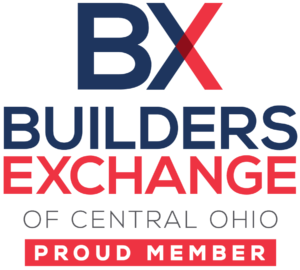A lot of U.S. employees have noticed that their employers have started shifting the costs of health plans toward them. And, let’s face it, as the increases in health plan premiums continue to outpace inflation, employers will continue to make such shifts.
Employees will be facing some difficult choices. One such choice would be between paying higher monthly premiums for a plan featuring lower out-of-pocket costs and deductibles -or- paying a lower monthly premium for a plan featuring higher out-of-pocket costs and deductibles. Decisions like this bring the age-old cost, quality debate to the forefront. Let’s look at some facts:
- Even in the same market and network, the cost and quality of health care can vary greatly from provider to provider.
- Most employees are baffled by the complexities involved with health care and insurance pricing. The majority of providers fail to see the importance of providing patients with clear and concise pricing information. From in-network and out-of- network, billed charges, customary and reasonable charges, contracted pricing and global pricing, and so forth, the technical language and multiple ways that users are charged make it extremely difficult for employees to understand and compare costs from one provider/facility to another.
- An employee won’t care what services cost if they aren’t the one paying for the services.
In theory, the success of consumer-directed health plans greatly depends on the employer’s ability to get their employees to think like buyers. The reasoning being that employees paying for some portion of the services will look toward high quality, low cost provider options and lower both their own health care costs and those of their employer.
However, the above theory rarely reflects reality. Most consumerism experts say that shopping for health care isn’t akin to shopping for a vehicle or pair of shoes. Most people wouldn’t hesitate to buy the most expensive vehicle when someone else is paying the bill. After all, the most expensive vehicle must be the best, right? The problem with applying the same theory to health care and trying to create a smart consumer through increasing their out-of-pocket costs is that many consumers, no matter how frugal or involved, can’t get the comparative quality and cost data needed to make an informed decision. The same can’t be said of purchasing a car.
You can help your employees benefit from quality and cost data with these steps:
- Alert local medical facilities/physicians that their plan favors transparent pricing and high quality, low cost care services.
- Help them know their choices and what each costs. Health care plans should be designed so that it’s financially encouraging to choose the medical facilities, hospitals, and doctors providing contracted pricing data.
- Have ongoing monthly education about network choices and how these choices impact what they and everyone else spends on health care.





